What do you do when you have a problem with your CNC machine tool? Is it a do-it-yourself repair, a call to your machine tool supplier, or a Google search for the answer?
As a one-stop shop for machine tool parts, we understand the common problems that can occur during machining. Common problems with CNC machine tools can have serious consequences. Mistakes may seem trivial, but if not caught in time, they can cause serious damage to tools and machine tools. These problems can shorten the life of the machine and affect productivity, leading to replacement costs or significant downtime.
In this article, we will attempt to answer some of the most common problems and challenges faced in CNC machining and provide you with initial solutions.
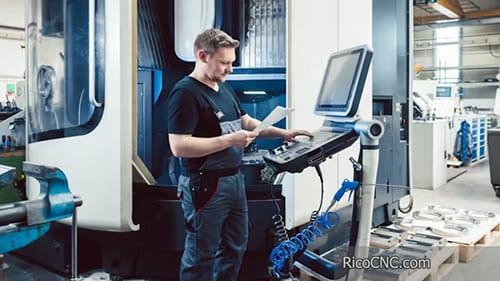
1 CNC System Failures
Defective phenomenon: System freezes, blank screens, alarm codes, or failure to execute operational commands.
Solutions:
Restart the CNC system first to check if the issue resolves spontaneously (may indicate temporary software glitches).
Verify stable power supply: Inspect for loose cables, faulty power modules, or voltage fluctuations. Repair or replace defective components.
Review system parameters for accidental modifications. Restore factory settings using the machine's operational manual as a reference.
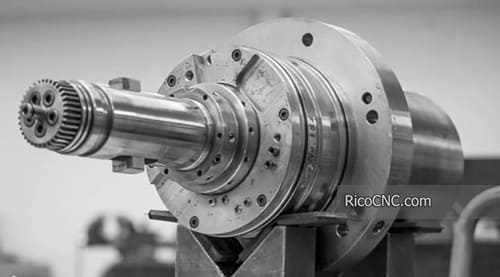
2 Spindle Failures
Defective phenomenon: Abnormal vibration, excessive noise, unstable RPM, or failure to reach target speeds.
Solutions:
Inspect spindle drive belts for looseness or wear. Replace damaged elastic couplings or worn components.
Check spindle bearings for lubrication issues. Replace bearings or regrease them via professional disassembly.
For unstable RPM: Test spindle motors and drivers. Reconfigure driver parameters, repair faulty motors, or replace components after diagnostics.
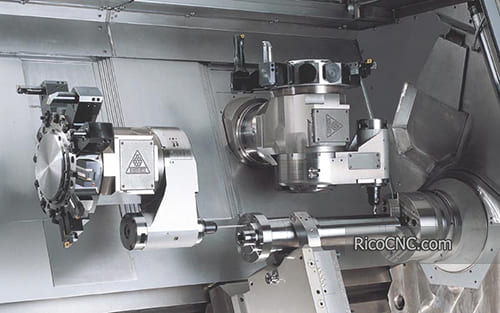
3 Feed System Failures
Defective phenomenon: Jerky motion, overtravel alarms, or poor positioning accuracy.
Solutions:
Jerky motion: Clean or unblock lubrication nozzles. Ensure smooth oil flow to guideways.
Adjust or replace worn lead screw-nut assemblies to eliminate excessive backlash.
Overtravel alarms: Manually retract axes to safe positions. Recalibrate limit switches and machine zero points.
Poor positioning: Tighten loose couplings or mechanical joints. Recalibrate axis positioning via CNC system parameters.
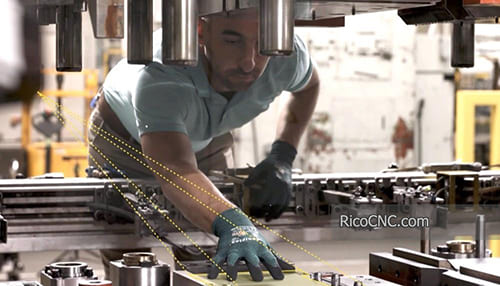
4 Tooling System Failures
Defective phenomenon: Tool clamping/release failures, tool change jams, or dropped tools.
Solutions:
Clamping issues: Verify pneumatic/hydraulic pressure. Repair leaks or adjust pressure valves.
Release failures: Inspect mechanical jams in clamping mechanisms (e.g., springs, levers). Clean or lubricate components.
Tool change issues: Check tool magazine rotation and robotic arm alignment. Repair or replace malfunctioning parts.
Dropped tools: Ensure sufficient clamping force, confirm correct tool-change sequences, and eliminate mechanical interference.
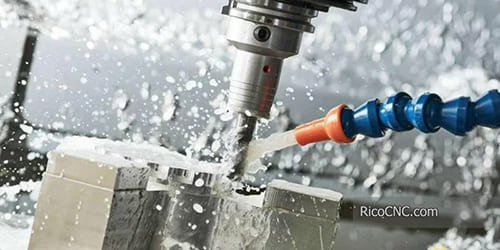
5 Cooling System Failures
Defective phenomenon: Coolant pump failure, poor coolant circulation, or leaks.
Solutions:
Pump failure: Test motor windings with a multimeter. Replace damaged motors.
Flow issues: Clear clogged coolant lines or replace faulty valves.
Leaks: Locate leak sources (e.g., loose fittings, damaged seals). Re-seal connections or replace seals.
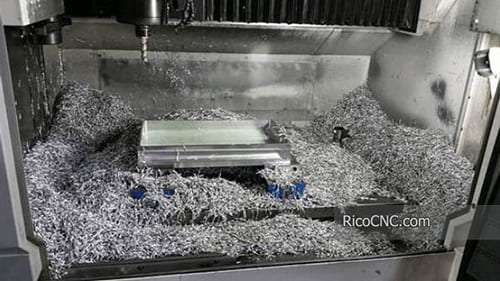
6 Chip Removal System Failures
Defective phenomenon: Chip conveyor malfunction or blockages causing debris buildup.
Solutions:
Conveyor failure: Test motor integrity and replace if defective.
Poor efficiency: Tighten or replace worn chains or scrapers.
Clear blockages in chip channels to ensure smooth debris flow.
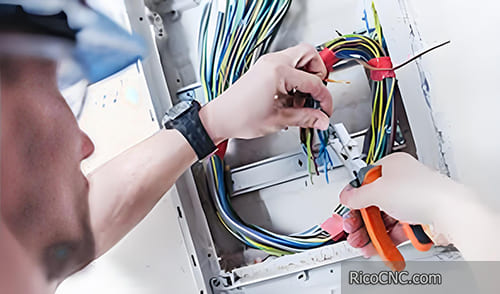
7 Electrical System Failures
Defective phenomenon: Malfunctioning contactors, relays, or switches, leading to partial system failure.
Solutions:
Use a multimeter to test component resistance/voltage.
Replace burnt or welded contactors/relays. Check coil integrity.
Replace faulty switches if they fail to open/close properly.
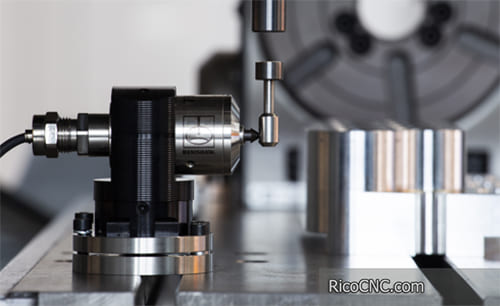
8 Accuracy Failures
Defective phenomenon: Dimensional deviations or geometric errors in machined parts.
Solutions:
Inspect machine geometric accuracy (guideway straightness, spindle concentricity). Recalibrate using precision tools.
Optimize cutting parameters (speed, feed rate) and tool selection.
Recalibrate axis positioning and repeatability via CNC system compensation.
In addition to these common faults, there are many special faults, want to know more, welcome to contact us.
Tel:+86-51268235075
Fax :+86-51268235075
Mobile:+86-13390848665
E-mail: cncsale@ricocnc.com
Skype: ccsalce
Whatsapp: +86-13390848665


